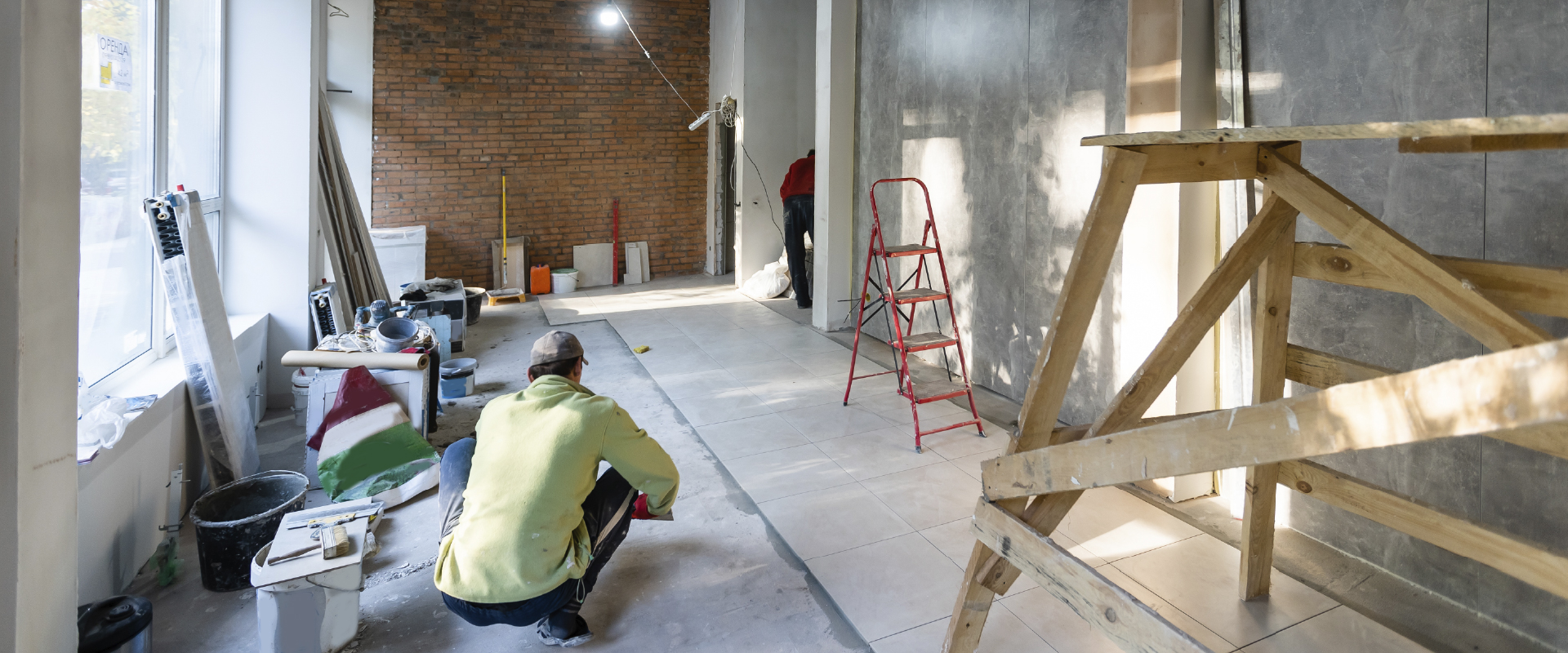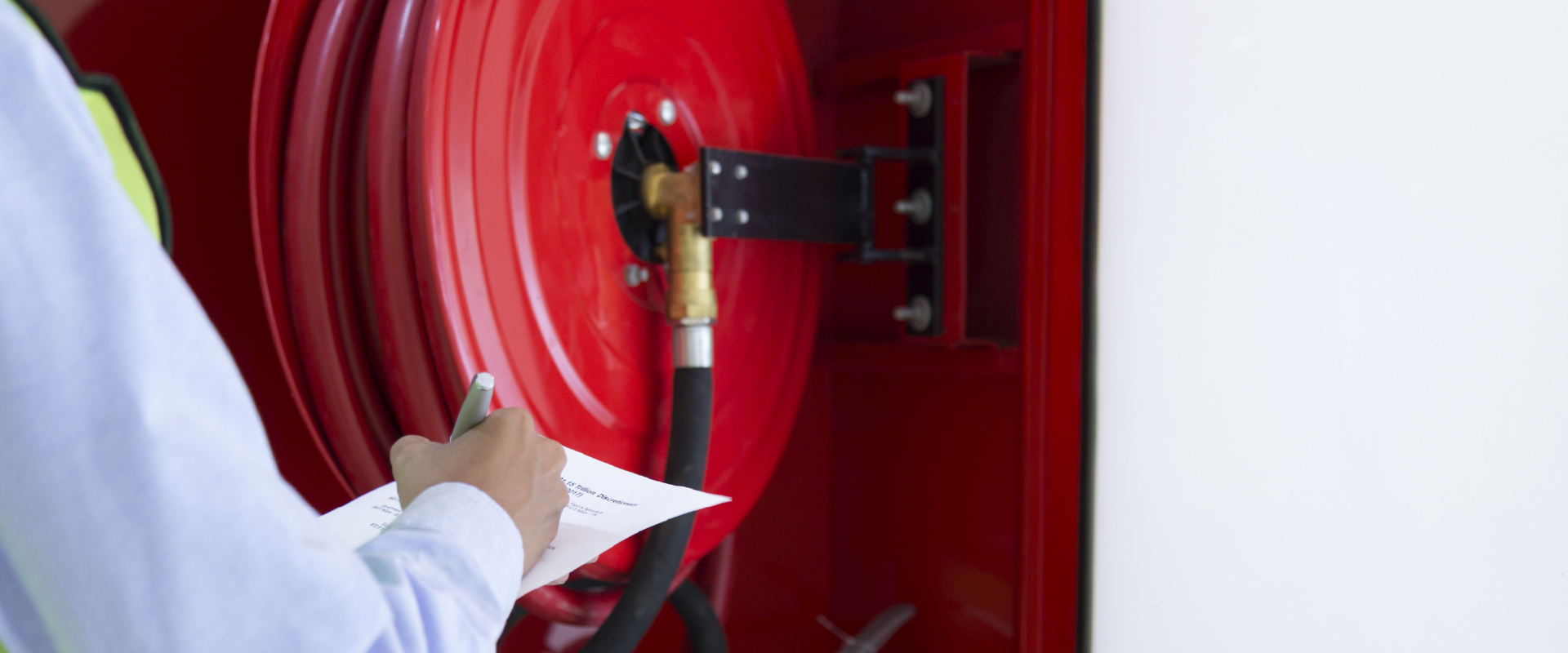Mold remediation is a crucial aspect of home maintenance that can impact not only the structural integrity of your building but also the health of its occupants. CRUSA Construction and Restoration is dedicated to being your mold remediation service, with mold professionals ready 24/7 to remove mold from contaminated areas, protecting building occupants and ensuring that there are no lingering health concerns.
This comprehensive mold remediation overview provides insights into preventing mold growth, the pros and cons of DIY mold remediation versus professional services, safety measures, and post-remediation actions.
Understanding
Mold Growth
To effectively address a mold problem in your residential or commercial building, it’s crucial to first understand how mold grows and thrives. Here, we provide a quick overview.
Introduction to Mold
Mold is a type of fungi that grows in the natural environment and can easily intrude into our indoor environments, including residential homes. While we often consider mold an unwanted presence, it plays an important role in nature by breaking down dead organic matter. But in our homes, mold growth is a serious issue that requires immediate attention.
Common Types of Household Mold
In the United States, several types of mold commonly affect homes. The most frequently encountered molds include Aspergillus, Cladosporium, and the infamous Stachybotrys chartarum, often referred to as “black mold.” Understanding the type of mold you’re dealing with can help direct the mold remediation process effectively.
Conditions Favorable for Mold Growth
Mold growth thrives in moist conditions and proliferates on various building materials, especially porous materials like wood, drywall, and fabrics. Often, a moisture problem in the building due to water damage, high humidity, or poor air conditioning can promote active mold growth and significantly compromise the indoor air quality.
Health Risks Associated
with Mold Exposure
Exposure to mold can lead to various health issues, especially for individuals with pre-existing respiratory conditions, allergies, or a weakened immune system.
Allergic Reactions
Exposure to mold spores can lead to allergic reactions, including sneezing, runny nose, red eyes, and skin rashes. Some people may experience these symptoms immediately upon exposure, while others may develop them over time.
Respiratory Issues
Inhalation of mold spores can cause respiratory issues, particularly in people with weakened immune systems or pre-existing lung conditions. These issues can range from coughing and wheezing to more severe conditions like chronic obstructive pulmonary disease (COPD).
Asthma Aggravation
Individuals with asthma may experience aggravated symptoms when exposed to mold. This can lead to an increase in the frequency and severity of asthma attacks.
Other Potential Health Effects
Apart from allergic reactions and respiratory problems, exposure to certain molds, like black mold, can lead to more severe health effects. These include chronic fatigue, persistent headaches, nausea, and in extreme cases, neurological issues or lung infections.
Signs and Detection
of Mold Infestation
Early detection of mold infestation can mitigate potential health risks and save on remediation costs. Here are some signs to look out for in your home.
Visible Mold Growth
Visible mold is the most apparent sign of a mold problem. It can appear as a black, green, or white dust-like substance on surfaces. If you notice such growths in your home, it’s critical to begin the mold remediation process immediately.
Musty Odors
A musty smell often indicates the presence of mold even when you can’t see any visible mold. This odor originates from the metabolic process of active mold growth, particularly in areas directly adjacent to moisture problems.
Water Damage Indicators
Signs of water damage, such as discoloration, warping, or peeling paint on walls and ceilings, can signal the presence of mold. Moisture meters can be used to detect elevated moisture levels in building materials.
Mold Testing and Inspection
Professional air quality testing is a reliable method to confirm a mold infestation. An environmental health or industrial hygienist professional can conduct this testing to measure indoor mold spore counts.
Assessing
Mold Infestation
Before mold remediation can commence, a thorough assessment of the infestation by our mold remediation professionals is necessary to determine the extent of the problem and formulate an effective remediation plan.
DIY Mold Assessment Techniques
While small mold problems can be handled by homeowners themselves, it’s essential to ensure proper personal protection, including respiratory protection, eye protection, and protective clothing. A visible inspection combined with the use of moisture meters can help detect hidden moisture problems and potential mold areas.
Professional Mold Inspection
For extensive mold infestations, it’s advisable to engage professional mold remediation companies. Mold professionals have the right equipment and expertise to assess the extent of the infestation accurately and suggest the most effective remediation process.
Determining the Extent of Infestation
Understanding the extent of the mold problem is crucial before starting the mold remediation process. This includes determining the size of the mold area, the type of mold, and whether HVAC systems are contaminated.
Mold Remediation
Process
Mold remediation involves a set of procedures designed to remove active mold growth, clean mold-contaminated materials, and rectify the underlying moisture problem. This process typically begins with a thorough assessment to identify the extent and type of mold infestation.
Developing a Remediation Plan
Once the mold issue has been assessed, a detailed mold remediation overview and plan need to be developed. This plan should outline the steps for mold removal, cleaning, and restoration of the affected areas.
Containment and Safety Measures
Containment is vital to prevent the spread of mold spores during the mold remediation procedure. Using dust suppression methods, sealing off the work area, and utilizing air scrubbers can help achieve this. Personal protective equipment should also be worn during the remediation process.
Mold Removal Techniques
Mold removal involves the cleaning of non-porous materials and the discarding of porous materials that cannot be salvaged. Special detergents or chlorine bleach may be used to kill and remove mold from surfaces. Infested materials need to be placed in impermeable bags before disposal to avoid contaminating other areas.
Cleaning and Disinfection
After the mold has been removed, thorough cleaning and disinfection are necessary to ensure all mold and mold spores have been eliminated. This can be done using detergent solutions and professional mold cleaning products.
Structural Repair and Restoration
After successful mold remediation, any damaged materials should be repaired or replaced. This can involve structural repairs, replacing drywall, or repainting walls. Regular building maintenance and monitoring the moisture level in your home can help prevent future mold problems.
Preventing
Mold Growth
Preventing mold growth is the most effective strategy to maintain a healthy indoor environment and save the costs of mold remediation. Here are some ways you can help prevent mold growth in your home.
Controlling Moisture Levels
Moisture problems are the primary catalyst for mold growth. Control measures such as promptly addressing leaks, managing humidity levels, and ensuring proper drainage around your building can significantly prevent active mold growth.
Proper Ventilation and Air Circulation
Improving ventilation and air circulation can help control moisture levels and prevent mold problems, especially in high-humidity areas like bathrooms and kitchens. Regularly inspect and maintain your HVAC system to enhance indoor air quality and hinder mold proliferation.
Regular Maintenance and Repairs
Keeping up with regular building maintenance and timely repairs can help in early detection and rectification of moisture problems, reducing the chances of mold infestation.
Mold-Resistant Materials and Products
Using mold-resistant materials and products, particularly in areas directly adjacent to moisture sources, can help in preventing mold growth. These include mold-resistant drywall, paint, and insulation.
DIY Mold Remediation
vs. Professional Services
Understanding the difference between DIY and professional mold remediation services is vital in determining the right approach for your situation. While you may be tempted to deal with mold oh your own, please read on to find out how professional mold remediation is the best choice.
Pros and Cons of DIY Approach
While DIY mold removal may seem cost-effective for small infestations, it poses risks. Without appropriate personal protective equipment (PPE) and remediation techniques, you may inadvertently expose yourself to health risks and spread mold spores, causing more extensive damage.
Benefits of Hiring Professional Mold Remediation Services
Professional mold remediation companies offer expertise and specialized equipment to handle mold infestations effectively. They follow a comprehensive remediation process, from initial assessment to final restoration, ensuring all mold spores are eliminated while minimizing the risk of cross-contamination.
Choosing the Right Remediation Company
When selecting a mold remediation company, consider their credentials, customer reviews, and whether they provide post-remediation services such as air quality testing and clearance testing. Remember, price should not be the only deciding factor; the health and safety of your home’s occupants are paramount.
Safety Measures
During Mold Remediation
Whether you’re handling mold remediation yourself or hiring professionals, understanding safety measures is essential to protect yourself and the building occupants and prevent further infestation or health concerns.
Personal Protective Equipment (PPE)
Wearing proper PPE, including respirators, gloves, and protective clothing, is vital to protect against mold exposure during the mold remediation process.
Proper Handling and Disposal of Mold-Contaminated Materials
Damaged materials need to be carefully handled and disposed of in impermeable bags to prevent spreading mold spores. Areas visibly free of mold should be cleaned with a detergent solution to eliminate any residual spores.
Minimizing Cross-Contamination
Employing dust suppression methods, isolating the work area, and utilizing air scrubbers can help minimize the risk of cross-contamination during mold remediation.
Post-Remediation
Verification and Prevention
Successful mold remediation doesn’t end with the removal of visible mold; it also requires post-remediation measures to ensure the mold doesn’t return.
Clearance Testing and Air Quality Assessment
Our mold remediation professionals perform clearance testing and air quality assessments to confirm the mold removal was successful. This includes air sampling to ensure the indoor air quality has returned to normal levels.
Long-Term Mold Prevention Strategies
Long-term prevention strategies include maintaining low humidity levels, ensuring adequate ventilation, regular building maintenance, and quick response to any signs of water damage or visible mold growth.
Learn More or Get Mold
Remediation Help with CRUSA
Mold can cause significant issues for both the structural integrity of your home and the health of its occupants. It’s crucial to recognize the signs of mold infestation and promptly undertake a mold remediation process. If you’re unsure about handling mold, always reach out to a mold remediation company, like CRUSA Construction and Restoration, to help ensure a safe and healthy indoor environment.
If you’re dealing with mold infestation or have concerns about potential mold problems, CRUSA Construction and Restoration is here to help. Our professional mold remediation company provides thorough mold removal, cleaning, and restoration for a safe and healthy indoor environment. To learn more about our mold removal process, continue reading on our website or get in touch with us directly. We’re always here to help with your mold remediation needs.
Frequently Asked Questions
The cost varies depending on the size and complexity of the job. CRUSA offers a detailed quote after an initial assessment.
The timeline depends on the extent of the mold infestation and the size of the area affected. It can range from a few days to a couple of weeks.
This depends on the extent of the mold infestation. For larger infestations, it might be safer to vacate the premises until the remediation is complete.
Yes, if the underlying moisture problem isn't resolved, mold can return. Ensuring moisture control is key to preventing recurrent mold growth. Continue reading on our website or get in touch directly for more information on mold remediation.



